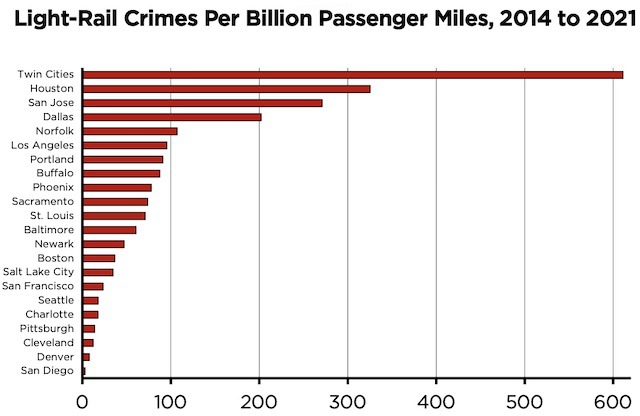“Housing needs planning” is the opening line of Colorado Senate Bill 23-213, which was introduced into the legislature last week. By “planning” the bill means government planning, and the proposed law would require the state to determine housing needs and set housing targets and to interfere with local zoning to require more accessory dwelling units, multifamily housing, and transit-oriented developments.
Apartments in Boulder, Colorado, the most heavily planned and most expensive housing market in the state.
The basic premise of this law is wrong: housing and government planning go together like oil and water. A look at housing markets in Colorado and nationwide show that states and regions with more planning end up having less affordable housing. A secondary premise, that multifamily housing is more affordable than single-family homes, is also wrong. Continue reading
















